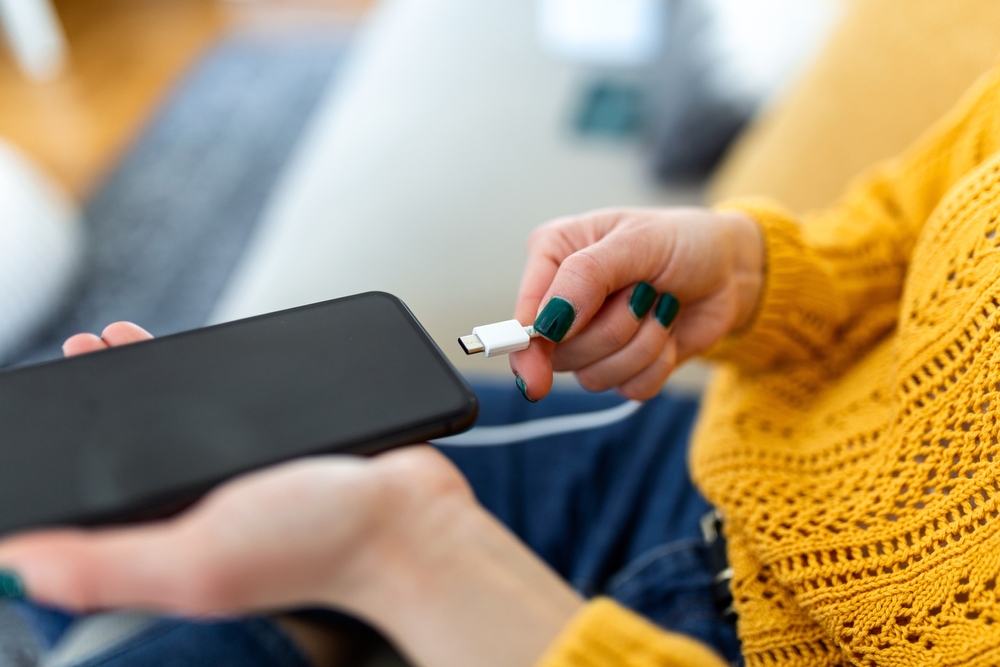Here’s how not to ruin your phones battery.
Others are reading now
It may seem counterintuitive to some, but charging our smartphone battery to 100% and letting it discharge to 0% can damage it.
When purchasing a new smartphone, many wonder how to correctly charge the battery to preserve its longevity and performance. Despite numerous “urban legends” regarding practices to ensure the battery’s autonomy (i.e., the number of hours it functions before needing a recharge) and its lifecycle (i.e., its overall lifespan) last as long as possible, some of these practices – like fully charging and discharging it – are far from beneficial.
Most mobile devices currently in circulation are equipped with lithium-ion (Li-ion) or lithium polymer (Li-po) batteries, which are lighter, more efficient, and safer than the old nickel-cadmium (Ni-Cd) or nickel-metal hydride (Ni-MH) batteries.
Lithium batteries have the advantage of suffering much less from the so-called “memory effect” compared to the other two types (especially compared to nickel-cadmium). What does this mean?
Also read
In simple terms, nickel-cadmium batteries needed to be charged only when completely discharged: without this precaution, they “forgot” their real capacity and, therefore, did not function optimally. Since lithium batteries are not significantly affected by the “memory effect,” charging them to the max and letting them discharge completely is not only unnecessary but is decidedly harmful.
Think About This
One factor that can damage the phone’s battery is the so-called depth of discharge, which is the percentage of energy consumed before recharging it. The higher the depth of discharge, the more the battery will be “stressed,” resulting in a reduction in the remaining charge cycles. That’s why it’s not advisable to fully discharge the battery before recharging it. On the contrary, it’s good practice to keep the charge level between 20% and 80%. This helps preserve both the capacity and lifespan of the battery, avoiding exposing it to too low or too high voltages.
Another factor that could damage the cell phone battery is overcharging, meaning keeping it at a high voltage for an excessively long period. This leads to the formation of lithium deposits on the electrode surfaces, consequently reducing the battery’s capacity and resilience. Moreover, overcharging increases the risk of overheating and the battery exploding.
For all these reasons, fully charging the battery or even leaving it plugged in all night constitutes a serious mistake. It’s much better to perform short and frequent “energy top-ups.”
Fortunately, smartphone manufacturers are gradually integrating software solutions that stop the charging process once the optimal 80% threshold is reached. An example is Apple’s Optimized Battery Charging feature, which, when set to an 80% Limit, ensures that the iPhone charges to approximately 80%. If the battery level falls below 75%, charging resumes until the battery level again reaches about 80%. Even the most absent-minded users, once these “battery-saving” settings are activated, can sleep a little more soundly.


